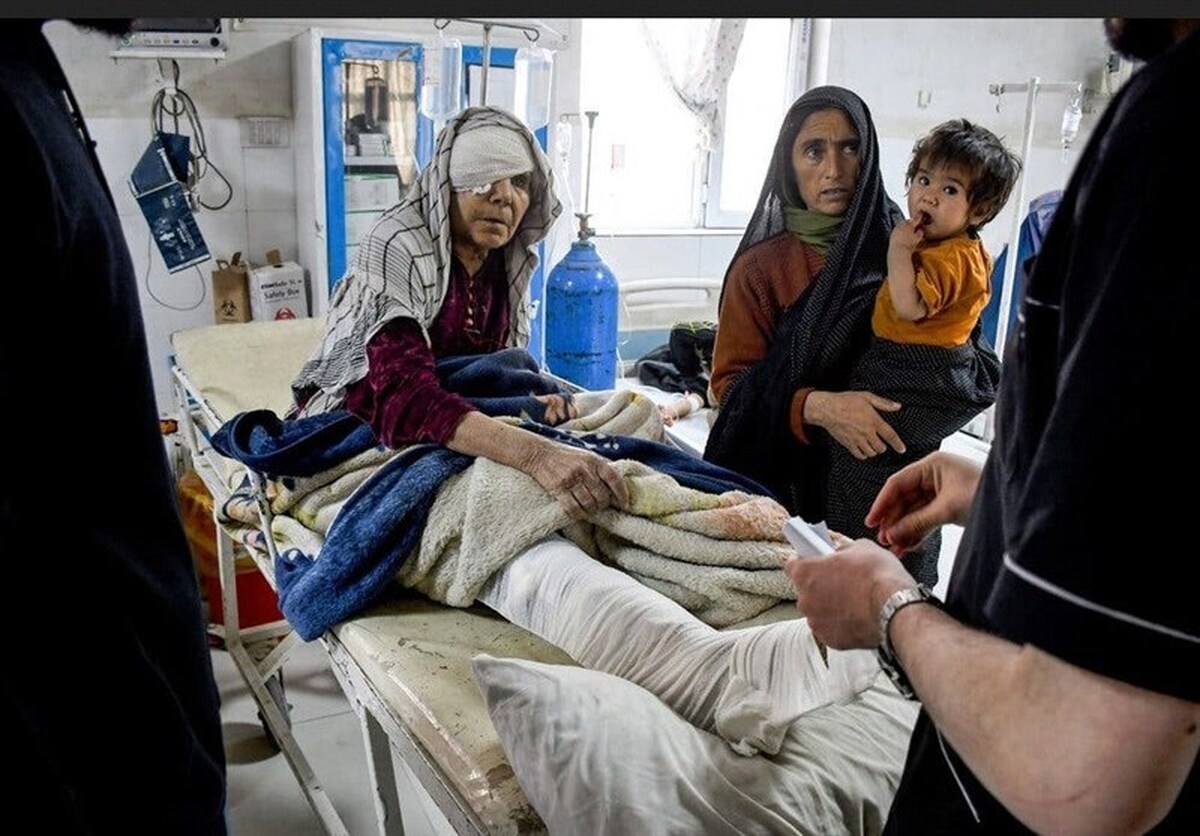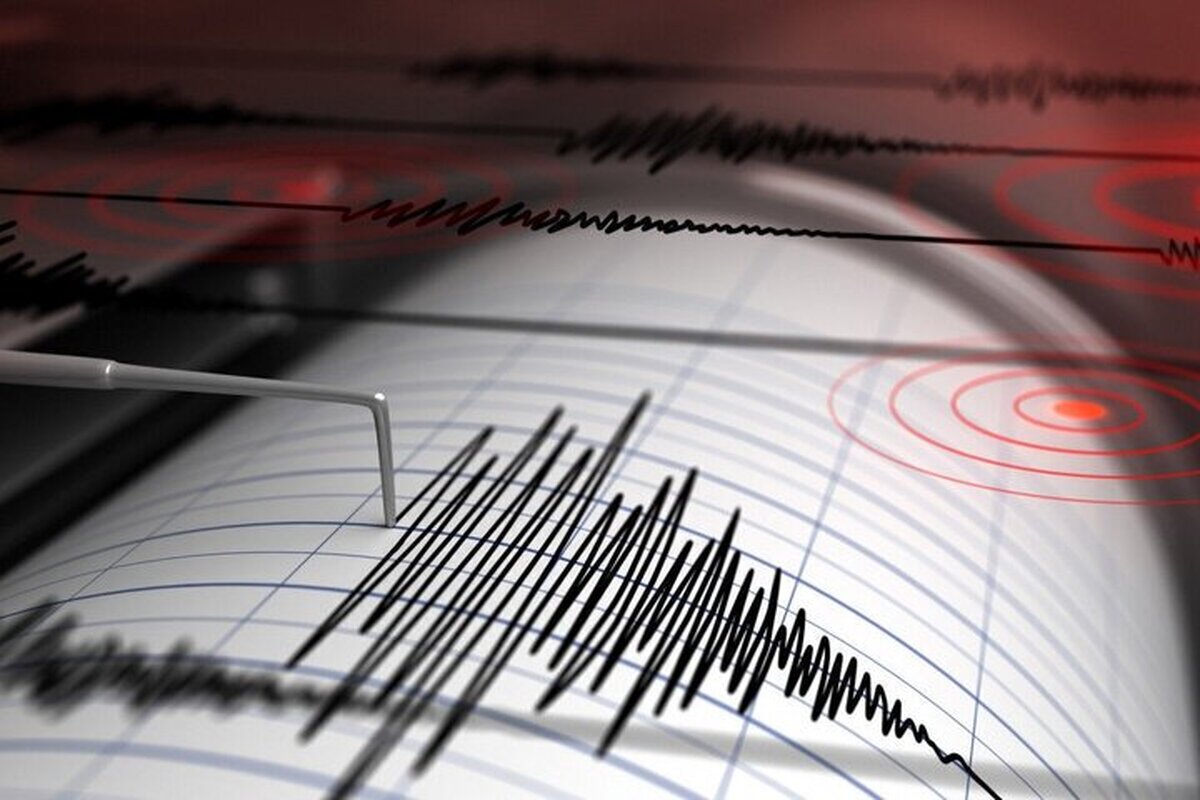
Expert Warns About Consequences of Earthquake in Tehran
EghtesadOnline: Tehran experiences a major earthquake every 165 years on average with magnitudes ranging from 5 to 7.5, says Akramossadat Alijanzadeh, an expert with the Geodesy and Geodynamic Department, affiliated to the National Cartography Center of Iran.
The official was also quoted as saying by the Persian daily Etemad that the last quake to hit the capital had a magnitude of 7 in 1830.
“Some 170 public buildings, 26 hospitals, 115 clinics, 10 universities, 500 schools and educational centers, 45 gas stations, 11 fire stations, 47 shopping malls and 36 hotels are located on the fault line of Tehran Province,” she said.
Earthquakes usually occur along fault lines that constitute a long crack in the surface of the earth. Tehran’s eastern region has the biggest fault line stretching across 400 kilometers.
Alijanzadeh warned that since many neighborhoods in Tehran have dilapidated buildings, even a mild earthquake can cause heavy damage and casualties.
Seismic Reinforcement of Buildings
Guidelines on issuing the permit based on the seismic improvement of existing buildings were communicated by the Department of Planning and Architecture of Tehran Municipality to municipalities of different districts of the capital city earlier this year.
According to Reza Karami-Mohammadi, the head of Tehran Disaster Mitigation and Management Organization, many buildings in Tehran have not been constructed to withstand earthquakes based on requirements and might not withstand large or moderate quakes.
“On the other hand, the demolition and reconstruction of these buildings is not possible because they are not economically or technically viable and give rise to legal or property ownership problems, and also due to their location in urban slum areas,” he said.
“The Road, Housing and Urban Development Research Center has given its final approval to the technical guidelines on improving the seismic performance of existing buildings in Tehran with the aim of reducing the risk of earthquake hazards to buildings and occupants. The mechanism of implementing these guidelines has been drafted and communicated to the ministries by the Department of Planning and Architecture,” he was quoted as saying by IRNA.
On how to register for a permit related to this plan, the official said, “The application for improving the seismic performance of the building, in addition to property deeds and the building’s permit, should be submitted by the owner to the municipal office in the neighborhood,” he said.
“The Renovation Organization of Tehran will offer incentives such as discount on project costs or banking facilities. Tehran Disaster Mitigation and Management Organization will have full supervision over the execution of the project and would brief Planning and Architecture of Tehran Municipality about the progress of the project every six months.”
Studies and guidelines on the relative improvement of seismic performance of existing buildings were carried out between March 2007-9 at Tehran Disaster Mitigation and Management Organization, in cooperation with Tehran University and Sharif University of Technology, and were updated and published in the past two years with the help of Road, Housing and Urban Development Research Center in three volumes.
The first volume focuses on improvement of steel-framed buildings and the other two are about improvement of concrete buildings and buildings built using other types materials.
Prone to Natural Disasters
Statistics show that only 3% of Iran are located in areas with a low probability of disasters.
Iran is exposed to 32 out of 43 natural disasters, the most common of which are drought, earthquake, flood, wildfire and landslide.
The Crisis Management Organization says 75% of Iran’s centers of population (a geographical area that forms a central point of the region’s population) are exposed to flood hazards and 80% of the country’s area are prone to other natural disasters like earthquake.
The highest number of human deaths caused by any natural disaster in the country was associated with earthquake, while flood and drought have caused the biggest economic losses for Iran.
In addition, the acceleration of climate change over the past years is likely to make natural disasters even more frequent and more catastrophic in the country.
“Over the past years and decades, our executive managers had been negligent in taking proactive policy approaches in the face of natural disasters, whereas advance short-, mid- and long-term plans rather than post-disaster responses are needed to counter natural disasters,” Ali Beitollahi, the head of Engineering Seismology Department of Roads and Urban Development Research Center, has been quoted as saying.
A report by IMF entitled "Macroeconomic Outcomes in Disaster-Prone Countries" published in October 2019 categorized Iran among the first quartile (0%-25%) of the annual probability distribution of natural disasters among non-disaster-prone countries.
Iran’s economic losses caused by natural disasters averaged 0.27% and a maximum of 2.9% of the country’s GDP during 1998-2017.
The macroeconomic impact of natural disasters includes three stages. The first stage involves direct losses from the destruction of infrastructure and property. In the second stage, indirect losses accumulate from lost output and incomes, and costs incurred as individuals and businesses work to overcome disruptions.
Finally, as the recovery starts, rebuilding of infrastructures and replacement of damaged goods leads to a temporary boost in activity and employment in the affected area. It also opens up the opportunity to upgrade infrastructures.
Apart from the cycle of impact and recovery from disasters, the periodic destruction of a country’s productive assets is an implicit tax on capital, which tends to deter investments and lower productivity and living standards on a sustained basis, the report concluded.



